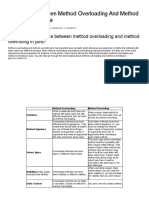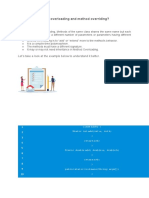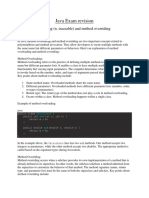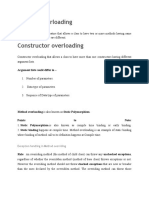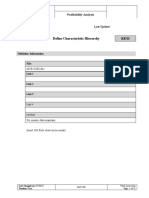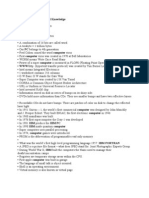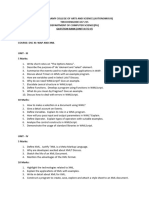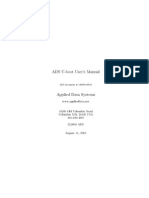0% found this document useful (0 votes)
22 views1 pageOverloading and Overriding Differences
The document outlines the differences between method overloading and method overriding in Java 7. Overloading occurs within a single class with different parameters, while overriding involves a parent and child class with the same method signature but different implementations. It emphasizes the importance of understanding these concepts for interviews and explains their purposes in programming.
Uploaded by
KopalCopyright
© © All Rights Reserved
We take content rights seriously. If you suspect this is your content, claim it here.
Available Formats
Download as PDF, TXT or read online on Scribd
0% found this document useful (0 votes)
22 views1 pageOverloading and Overriding Differences
The document outlines the differences between method overloading and method overriding in Java 7. Overloading occurs within a single class with different parameters, while overriding involves a parent and child class with the same method signature but different implementations. It emphasizes the importance of understanding these concepts for interviews and explains their purposes in programming.
Uploaded by
KopalCopyright
© © All Rights Reserved
We take content rights seriously. If you suspect this is your content, claim it here.
Available Formats
Download as PDF, TXT or read online on Scribd
/ 1













